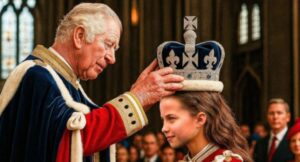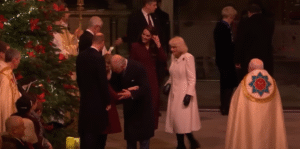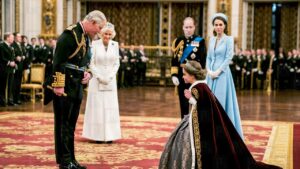 Under the warm golden lights of the Élysée Palace, amid polite whispers and exquisite French wine, an unexpected moment stole the spotlight—and it centered on a 10-year-old girl: Princess Charlotte of Wales.
Under the warm golden lights of the Élysée Palace, amid polite whispers and exquisite French wine, an unexpected moment stole the spotlight—and it centered on a 10-year-old girl: Princess Charlotte of Wales.

What was the title? While there has been no official confirmation, insiders believe this is the first step in naming her “Duchess of Edinburgh”—a prestigious title traditionally reserved for the most distinguished woman of the next royal generation.

What made this moment even more shocking was how it broke protocol. Titles like these are usually granted in adulthood or upon marriage. But Charles, bypassing convention entirely, chose to give it now—as if to say that Charlotte is not just a sweet royal child, but a key figure in the monarchy’s future.
They say he always longed for a daughter. Perhaps now, he sees that dream fulfilled—not in a relic of the past, but in the fierce eyes and lively smile of a girl born royal, through and through.

Was it a spontaneous gesture of affection? Or the first brushstroke in a master plan to reshape the monarchy’s future with a powerful young woman at its heart?
Whatever the truth, one thing is certain: that night in Paris, Princess Charlotte was no longer just a little girl. She stood as a symbol of change, walking confidently into her future role. And the world watched in awe as history began to rewrite itself—by the hand of a young girl with a royal soul.



